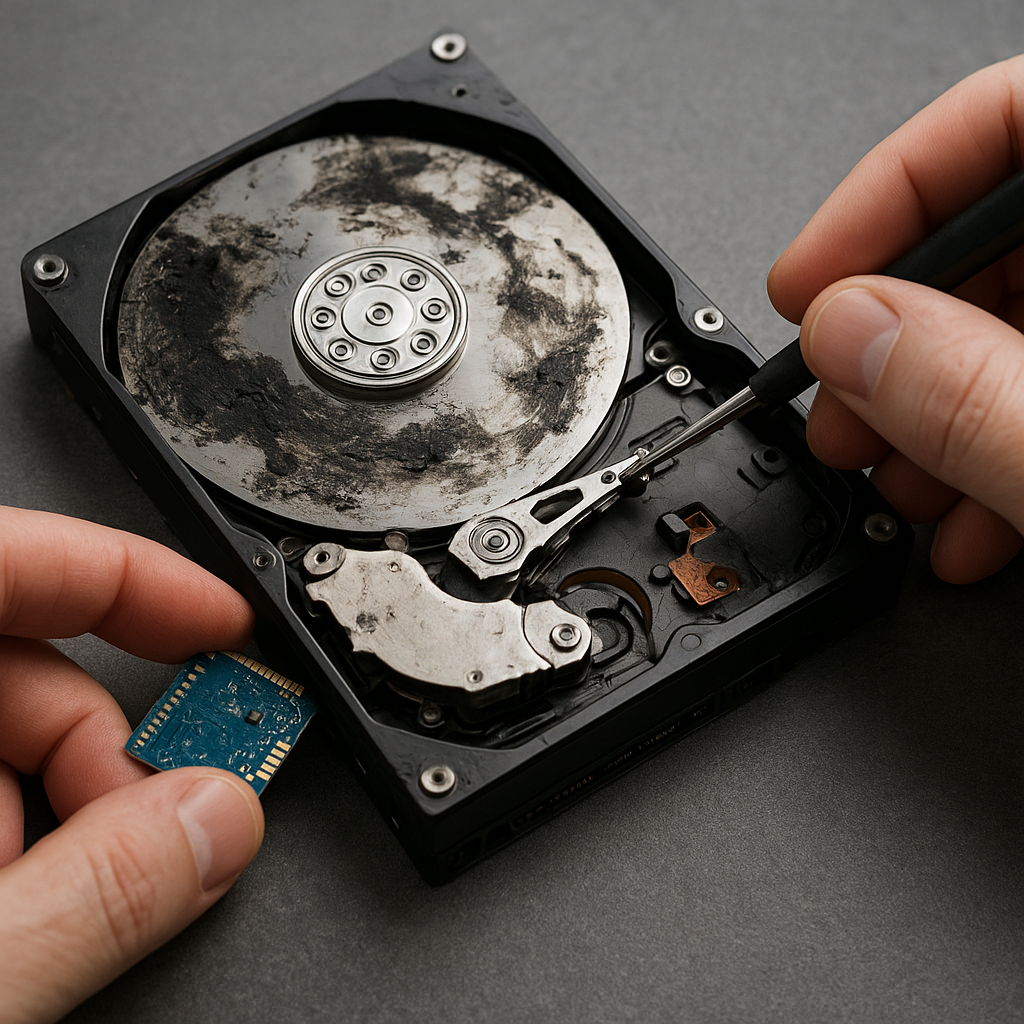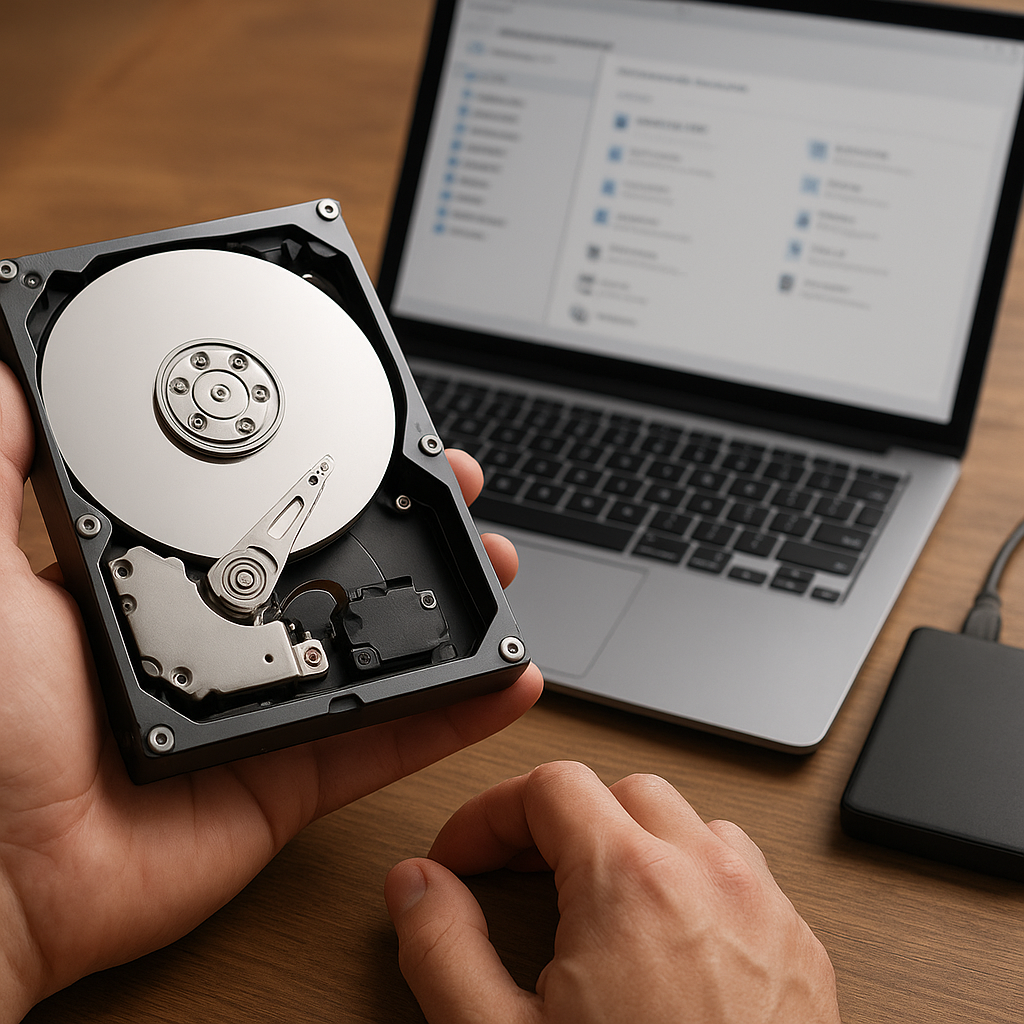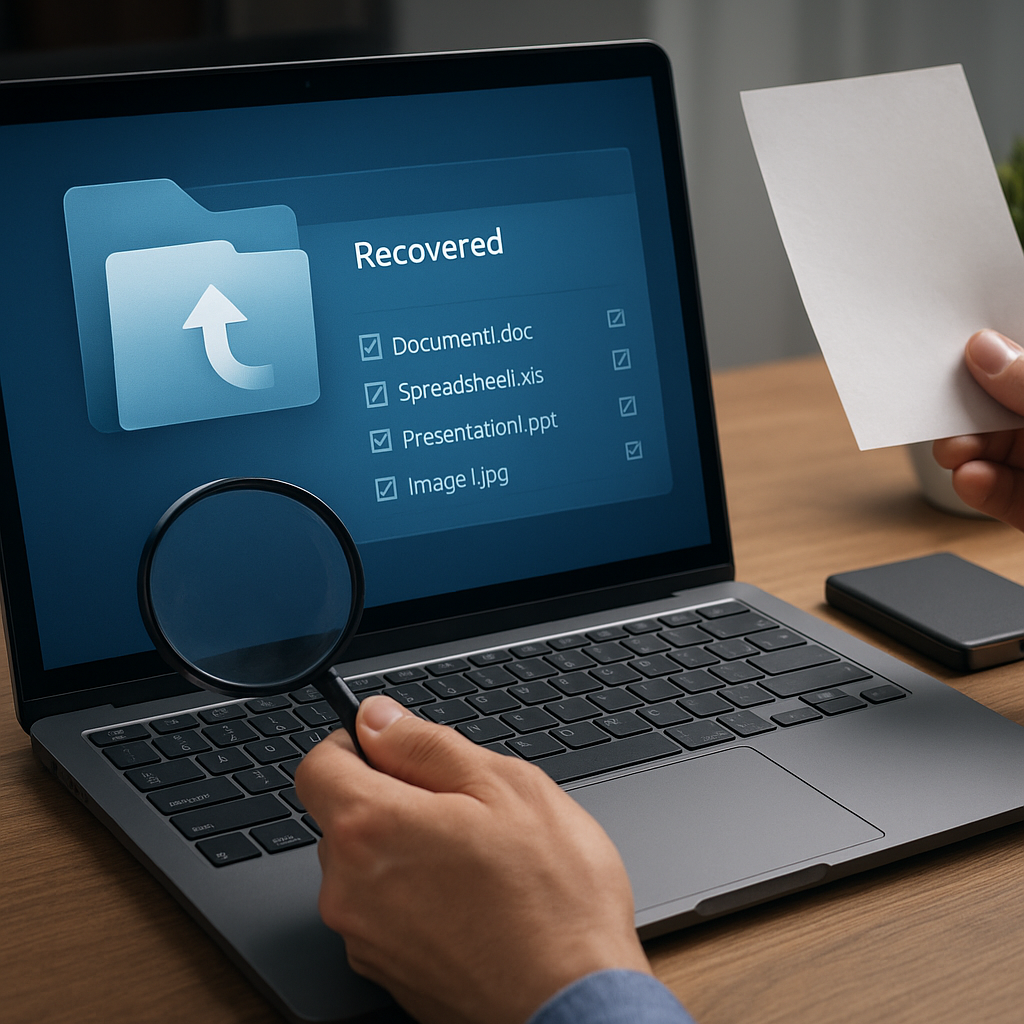Recovering deleted files from a hard drive can be a daunting task, especially if you are not familiar with the process. However, with the right tools and knowledge, it is possible to retrieve lost data effectively. This article will provide a comprehensive step-by-step guide to help you recover deleted files from a hard drive, ensuring that you can restore your important data with minimal hassle.
Understanding Data Deletion
Before diving into the recovery process, it is essential to understand what happens when files are deleted from a hard drive. When you delete a file, it is not immediately removed from the hard drive. Instead, the operating system marks the space occupied by the file as available for new data. The file remains on the hard drive until new data overwrites it. This means that the sooner you attempt to recover a deleted file, the higher the chances of successful recovery.
Types of Data Deletion
There are two primary types of data deletion: soft deletion and hard deletion. Soft deletion occurs when files are moved to the Recycle Bin or Trash, where they can be easily restored. Hard deletion, on the other hand, happens when files are permanently deleted, bypassing the Recycle Bin or Trash. This guide will focus on recovering files that have been hard deleted.
Preparing for Data Recovery
Before you begin the recovery process, there are a few essential steps to take to maximize your chances of success:
- Stop Using the Hard Drive: To prevent new data from overwriting the deleted files, stop using the hard drive immediately. This includes avoiding any installations, downloads, or file transfers.
- Identify the File System: Determine the file system used by your hard drive (e.g., NTFS, FAT32, exFAT, HFS+). This information will help you choose the appropriate recovery software.
- Choose the Right Recovery Software: There are numerous data recovery tools available, both free and paid. Research and select a reputable software that supports your file system and meets your recovery needs.
Step-by-Step Recovery Process
Step 1: Install Data Recovery Software
Download and install the chosen data recovery software on a different hard drive or external storage device to avoid overwriting the deleted files. Follow the installation instructions provided by the software vendor.
Step 2: Scan the Hard Drive
Launch the data recovery software and select the hard drive from which you want to recover deleted files. Initiate a scan to search for recoverable data. Depending on the size of the hard drive and the software used, this process may take some time.
Step 3: Preview and Select Files
Once the scan is complete, the software will display a list of recoverable files. Use the preview feature to verify the integrity of the files. Select the files you wish to recover by checking the corresponding boxes.
Step 4: Recover and Save Files
Choose a different hard drive or external storage device to save the recovered files. This precaution ensures that you do not overwrite any remaining deleted files on the original hard drive. Click the “Recover” or “Restore” button to initiate the recovery process. Once completed, verify that the recovered files are intact and accessible.
Post-Recovery Best Practices
After successfully recovering your deleted files, it is crucial to implement best practices to prevent future data loss:
- Regular Backups: Create regular backups of your important data using external storage devices or cloud services. This practice ensures that you have a copy of your data in case of accidental deletion or hardware failure.
- Use Reliable Antivirus Software: Protect your system from malware and viruses that can cause data corruption or loss by using reputable antivirus software and keeping it up to date.
- Enable File Versioning: Some operating systems and cloud storage services offer file versioning, which allows you to restore previous versions of files. Enable this feature to safeguard against accidental changes or deletions.
- Educate Yourself and Others: Learn about data management best practices and share this knowledge with others to minimize the risk of data loss.
Conclusion
Recovering deleted files from a hard drive is a process that requires careful planning and the right tools. By understanding the nature of data deletion, preparing adequately, and following a systematic recovery process, you can significantly increase your chances of successfully retrieving lost data. Additionally, adopting post-recovery best practices will help you protect your data and prevent future loss. Remember, the key to successful data recovery is acting quickly and using reliable recovery software.












